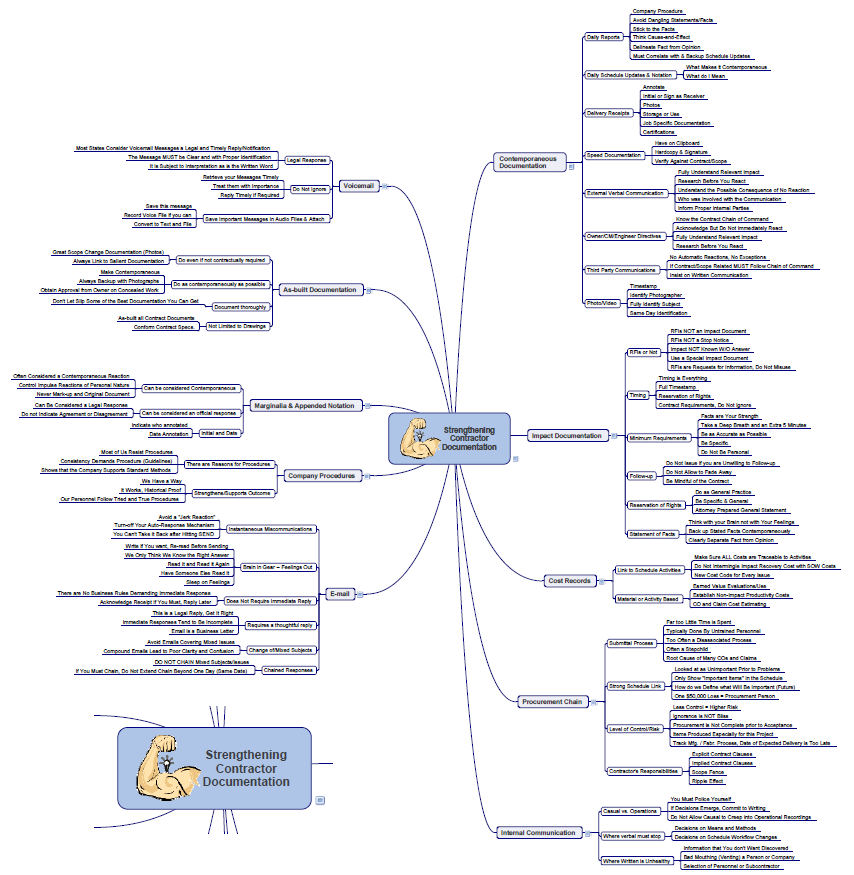Documentation (Evidence)that Explains or makes clear trial or arbitration expert testimony, memerable evidence needed to prove stated opinions
Learn Morecolor UsedDemonstrative evidence
• Makes it easier for the judge or jury to understand how the expert testimony.
• Helps the jury understand the damages inflicted by those responsible.
• Helps the jury understand the reliability of other evidence.
• Serves as a visual aid to the witness as he/she explains their testimony.
• Helps the jury comprehend the verbal testimony of a witness, or other evidence.
• Illustrates and clarifies.
• Helps the jury understand relevant facts that would otherwise be difficult to comprehend without the aid.
• Emphasizes important aspects of the testimony.
• Assists the jury to understand the issues, especially the proponent’s side of the case.
• Maximizes the value of a case by effectively depicting catastrophic/traumatic injuries, complex procedures, mistakes or summarize chains of events.
Testimony using only words forces the jury to visualize using their own experience that most likely does not match the expert’s experience in any way to thoroughly grasp the experts words. What this means is that the jury is struggling to make sense of the expert’s testimony. This is why well-designed demonstrative evidence is so very important. Much study over many years shows that humans can far more easily grasp visual evidence faster, with great comprehension than with words alone. Most people grasp and understand the expert’s words when they are backed up with clear and simplistic graphical documentation. Creating this kind of evidence is an art requiring both artistic experience and industry experience. This is not learned over night and great experience.
Studies show that when people merely hear information, they recall only about 10 percent of what they heard. Approximately two-thirds of the population are visual learners. Jurors, like the rest of us, receive communication through an unprecedented amount of high-tech visual imagery. jurors must first understand something before they can be persuaded.
Clear and To The Point
The Deciders
Make Facts Understood
Minds to Needed Conclusions
Types of Demonstrative Evidence that Win Cases
If a bullet casing is found at the scene of a crime, its real evidence. If witness testimony, forensic expert testimony, and crime scene photographs are used to create forensic animation that show an audience the crime as it happened, this is demonstrative evidence.
Examples of forms of demonstrative evidence include:
• Maps
• Diagrams
• Photographs
• Annotated Photographs or other graphics
• X ray-s for personal injuries
• Charts
• Graphs and Graphics
• 3D computer animation
• Forensic animation
• Recreations of any kind
Witness testimony, expert testimony, photographs, along with other types of evidence, is used to create and use demonstrative evidence at trial. Demonstrative evidence isn’t typically something found and collected at the scene of the crime, but rather something used to show you either what happened or the extent of damages that occurred.
Our office is located in Scottsdale, Arizona. I have worn many hats and provided services around the world for over 50 years. I am a professional engineer, and was registered in 4 States.


